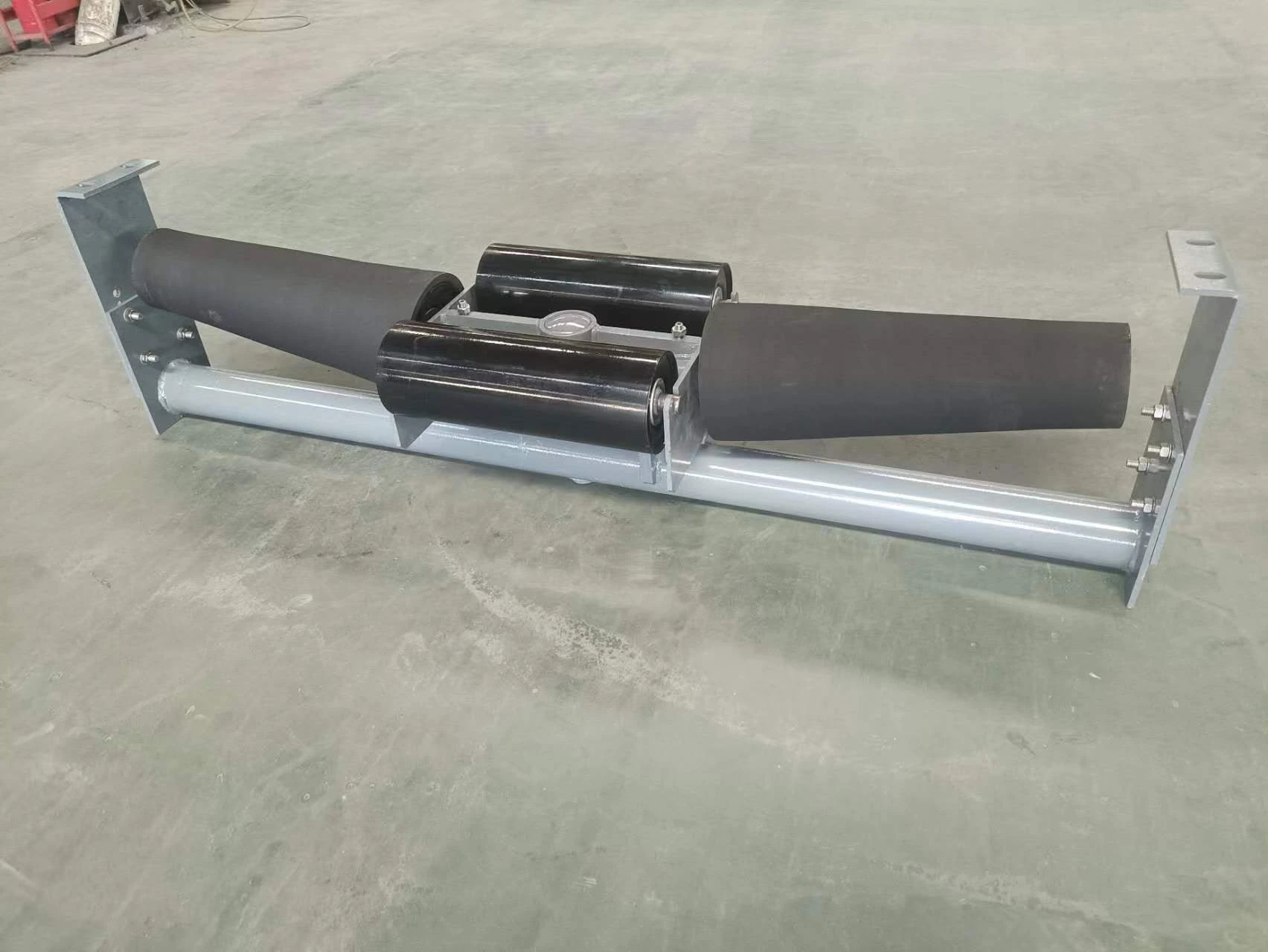 Afrikaans
Afrikaans  Albanian
Albanian  Amharic
Amharic  Arabic
Arabic  Armenian
Armenian  Azerbaijani
Azerbaijani  Basque
Basque  Belarusian
Belarusian  Bengali
Bengali  Bosnian
Bosnian  Bulgarian
Bulgarian  Catalan
Catalan  Cebuano
Cebuano  Corsican
Corsican  Croatian
Croatian  Czech
Czech  Danish
Danish  Dutch
Dutch  English
English  Esperanto
Esperanto  Estonian
Estonian  Finnish
Finnish  French
French  Frisian
Frisian  Galician
Galician  Georgian
Georgian  German
German  Greek
Greek  Gujarati
Gujarati  Haitian Creole
Haitian Creole  hausa
hausa  hawaiian
hawaiian  Hebrew
Hebrew  Hindi
Hindi  Miao
Miao  Hungarian
Hungarian  Icelandic
Icelandic  igbo
igbo  Indonesian
Indonesian  irish
irish  Italian
Italian  Japanese
Japanese  Javanese
Javanese  Kannada
Kannada  kazakh
kazakh  Khmer
Khmer  Rwandese
Rwandese  Korean
Korean  Kurdish
Kurdish  Kyrgyz
Kyrgyz  Lao
Lao  Latin
Latin  Latvian
Latvian  Lithuanian
Lithuanian  Luxembourgish
Luxembourgish  Macedonian
Macedonian  Malgashi
Malgashi  Malay
Malay  Malayalam
Malayalam  Maltese
Maltese  Maori
Maori  Marathi
Marathi  Mongolian
Mongolian  Myanmar
Myanmar  Nepali
Nepali  Norwegian
Norwegian  Norwegian
Norwegian  Occitan
Occitan  Pashto
Pashto  Persian
Persian  Polish
Polish  Portuguese
Portuguese  Punjabi
Punjabi  Romanian
Romanian  Russian
Russian  Samoan
Samoan  Scottish Gaelic
Scottish Gaelic  Serbian
Serbian  Sesotho
Sesotho  Shona
Shona  Sindhi
Sindhi  Sinhala
Sinhala  Slovak
Slovak  Slovenian
Slovenian  Somali
Somali  Spanish
Spanish  Sundanese
Sundanese  Swahili
Swahili  Swedish
Swedish  Tagalog
Tagalog  Tajik
Tajik  Tamil
Tamil  Tatar
Tatar  Telugu
Telugu  Thai
Thai  Turkish
Turkish  Turkmen
Turkmen  Ukrainian
Ukrainian  Urdu
Urdu  Uighur
Uighur  Uzbek
Uzbek  Vietnamese
Vietnamese  Welsh
Welsh  Bantu
Bantu  Yiddish
Yiddish  Yoruba
Yoruba  Zulu
Zulu types of pulley lagging
Types of Pulley Lagging An Essential Guide for Conveyor Systems
Pulleys play a critical role in various industrial applications, especially in conveyor systems where they help in the transportation of materials. To ensure optimal performance and durability, pulley lagging is employed. Lagging refers to the covering of the pulley surface with a material that enhances its performance by improving traction, preventing slippage, and protecting the pulley from wear and tear. In this article, we will explore the different types of pulley lagging materials and their respective advantages, uses, and considerations.
1. Rubber Lagging
One of the most popular and widely used materials for pulley lagging is rubber. Rubber lagging provides excellent grip and traction, which is crucial in preventing slippage between the belt and the pulley. Moreover, it offers good wear resistance, which extends the life of both the pulley and the conveyor belt. Rubber lagging is suitable for various applications, including heavy-duty environments where material handling requires high-friction surfaces. Depending on the specific requirements, rubber lagging can come in different thicknesses, hardness levels, and surface textures, including smooth, patterned, or ceramic-topped.
For operations that demand high resistance to wear and tear, ceramic lagging is an excellent choice. This type of lagging incorporates ceramic tiles bonded to a rubber substrate, offering exceptional durability and a high friction coefficient. Ceramic lagging is particularly useful in conveying abrasive materials, such as sand, gravel, and coal, as it minimizes the chances of slippage and extends pulley life even in the harshest conditions. However, the installation of ceramic lagging may be more complex, and it can be more expensive than rubber lagging.
3. Polyurethane Lagging
types of pulley lagging

Polyurethane is another alternative to traditional rubber lagging. This material provides a strong balance of wear resistance, flexibility, and temperature tolerance. Polyurethane lagging is particularly effective in applications where there are fluctuations in temperatures or exposure to chemicals. Furthermore, it is known for its lightweight properties, making it a viable option for minimizing the overall weight of the conveyor system. Polyurethane lagging is available in various hardness levels, allowing for customization based on the specific operational needs.
4. Steel Lagging
Though less common, steel lagging can be advantageous in certain heavy-duty applications. Steel offers unmatched durability and resistance to abrasion, making it highly suitable for environments where belts are subjected to harsh conditions. Steel lagging can help distribute the load evenly and provide excellent traction. However, it’s important to note that steel can be prone to rust and corrosion if not properly treated or maintained; therefore, it is essential to consider environmental factors when opting for steel lagging.
5. Composite Lagging
Composite lagging combines various materials, such as rubber, polyurethane, and other compounds, to enhance performance characteristics. This innovative approach allows for addressing specific challenges faced in unique applications, such as harsh weather, chemical exposure, or high-impact scenarios. Composite lagging can be tailored to meet specific needs, offering both flexibility and strength.
Conclusion
Selecting the appropriate pulley lagging type is crucial for optimizing the performance of conveyor systems. Factors such as the material being transported, environmental conditions, and the specific operational requirements will influence the choice of lagging material. Whether opting for rubber, ceramic, polyurethane, steel, or composite lagging, understanding the advantages and limitations of each type can lead to better decision-making and increased efficiency within industrial operations. Proper installation and maintenance of lagging not only enhance the performance of pulleys and belts but also contribute to the overall longevity and effectiveness of conveyor systems. By investing in the right type of lagging, industries can ensure smoother operations and reduce downtime, leading to increased productivity and cost savings.
-
Trusted Conveyor Solutions from Leading Conveyor Idler Roller ManufacturersNewsJun.27,2025
-
Reliable Return Idler Solutions for Efficient Belt Conveyor SystemsNewsJun.27,2025
-
Precision Conveyor Accessories for Streamlined Material HandlingNewsJun.27,2025
-
High-Quality Belt Conveyor Idler Solutions for Efficient Material HandlingNewsJun.27,2025
-
High-Performance Belt Conveyor Pulleys for Reliable Material HandlingNewsJun.27,2025
-
Enhancing Material Handling EfficiencyNewsJun.27,2025





























